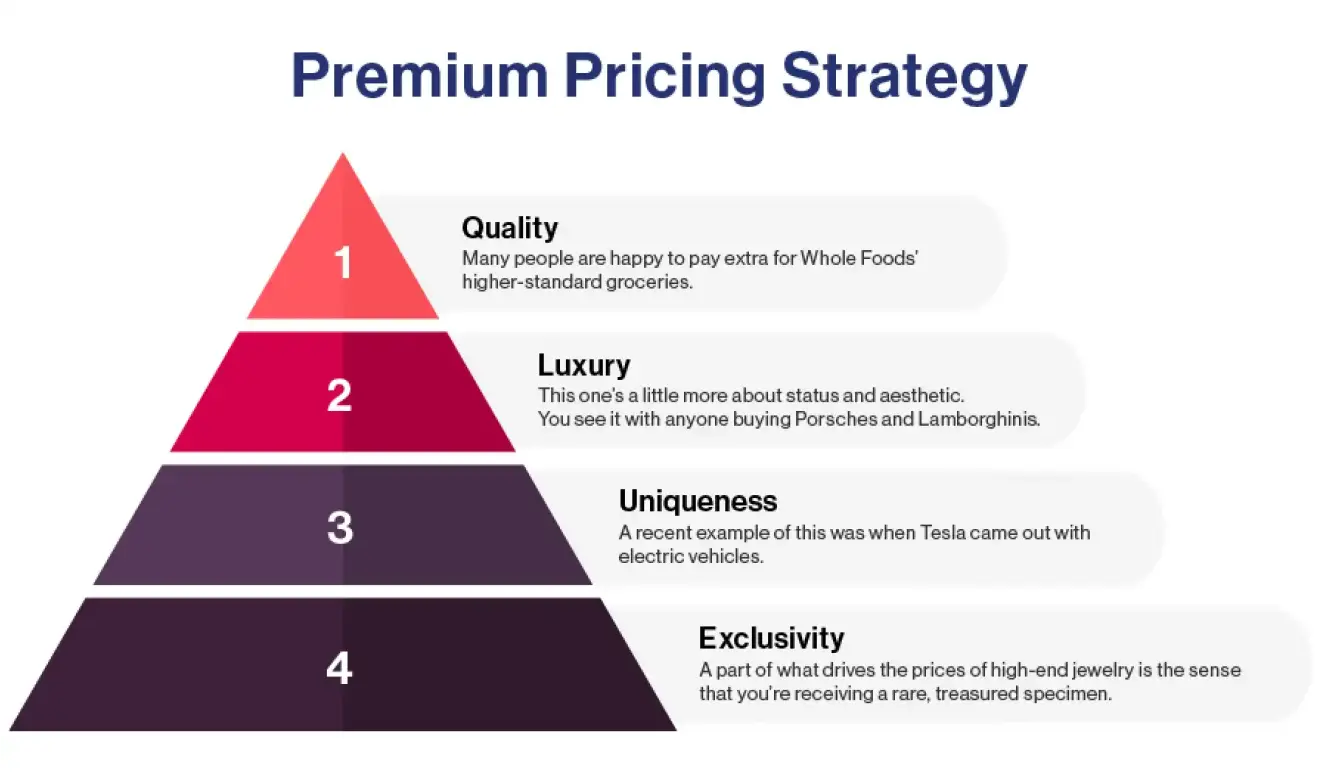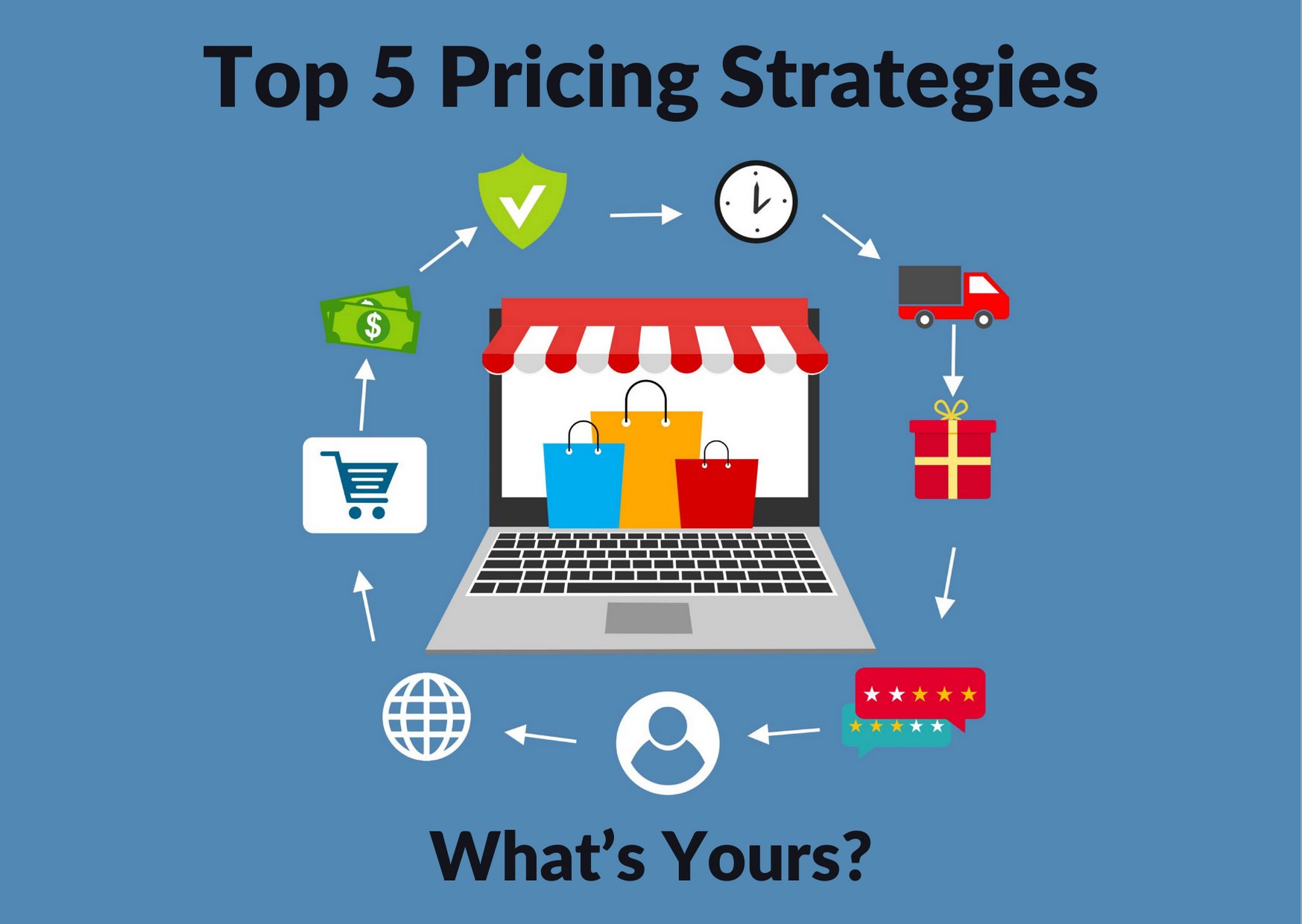Just how to Utilize Your Pricing Strategy to Boost Profit Margins
Just how to Utilize Your Pricing Strategy to Boost Profit Margins
Blog Article

Master Effective Pricing Methods to Optimize Earnings
In the ever-evolving landscape of business, understanding efficient pricing strategies is essential for businesses intending to optimize revenue. A nuanced understanding of rates psychology can significantly influence consumer actions and acquiring decisions.
Recognizing Rates Psychology
Comprehending prices psychology is crucial for services aiming to enhance their rates approaches. This area analyzes how customers perceive prices and just how these perceptions affect their getting choices. Secret ideas in pricing psychology consist of the anchoring effect, where the first cost offered functions as a recommendation point for consumers, and the idea of rate level of sensitivity, which differs amongst various customer segments.
Additionally, organizations can take advantage of the notion of regarded worth, where the regarded advantages of an item or service can warrant a higher price point. For example, costs pricing can develop a mood of exclusivity, attracting consumers that associate higher rates with remarkable quality. On the other hand, emotional prices, such as setting a cost at $9.99 rather of $10, can considerably influence customer habits by making rates show up extra eye-catching.
Additionally, scarcity and urgency can enhance the regarded worth of items, triggering quicker acquiring decisions. Recognizing these mental triggers makes it possible for services to formulate pricing techniques that not only drive sales but additionally foster consumer loyalty. Therefore, understanding pricing psychology is important for reliable rates technique formula, causing boosted success and market positioning.
Executing Value-Based Rates

First, conduct detailed marketing research to recognize the worth chauffeurs for your target market. This can consist of attributes, top quality, brand name credibility, and customer support. Next off, section your clients based on their determination to pay and the worth they view. By doing so, you can customize offerings and prices strategies to align with different segments.
After collecting understandings, collection rates that mirror the maximum amount a client is ready to pay, ensuring that they regard a reasonable exchange for the worth received. Interact the value suggestion effectively, highlighting the advantages and differentiators of your offering. Constantly keep track of market problems and client feedback to refine your rates approach over time. By executing value-based rates, organizations can boost success while fostering lasting consumer loyalty.
Exploring Dynamic Rates Models
In today's rapidly altering market landscape, vibrant rates designs have become an effective approach for organizations seeking to maximize profits and reply to changes popular. These designs allow companies to change their costs in real-time based on numerous elements such as consumer actions, market fads, and stock levels. By leveraging data analytics and algorithms, companies can identify optimal prices points that optimize sales while remaining affordable.
Dynamic pricing can take various types, including time-based rates, where rates vary based on time of day or period, and demand-based pricing, which readjusts prices according to existing consumer need. This flexibility not only boosts productivity yet additionally improves client fulfillment by providing costs that reflect real-time market problems.
Applying dynamic prices requires a durable technological framework and a deep understanding of consumer sections. Transparent communication about rates changes can assist reduce customer frustration and foster depend on, eventually leading to continual productivity in an affordable check this market.
Studying Rival Rates
Keeping track of competitor prices is necessary for companies aiming to maintain an affordable side in their corresponding markets. By assessing rivals' prices approaches, firms can identify market patterns, comprehend customer choices, and adjust their pricing appropriately. This evaluation includes gathering data on competitors' rates, promotional strategies, and product offerings to inform rates choices.
To properly assess visit site rival rates, organizations should make use of different tools and methods, such as rate monitoring software, market research records, and customer comments. This data can expose how competitors place their services and products, allowing companies to distinguish their offerings or take on comparable methods to remain relevant.
Furthermore, it is important to classify competitors into straight and indirect competitors. Straight rivals offer comparable services or products, while indirect rivals may accomplish the exact same consumer demand with various solutions. Comprehending the subtleties between these teams will certainly allow companies to tailor their pricing approaches much more successfully.
Eventually, ongoing rival pricing analysis is essential for making informed pricing choices. It permits companies to continue to be agile in response to market shifts, ensuring they can seize chances and reduce threats connected with prices approaches.
Evaluating Rates Efficiency
Comprehending just how rival pricing influences market dynamics leads to a natural concentrate on examining prices performance within one's own service. This analysis is essential for determining areas of stamina and chances for improvement, inevitably browse around this web-site improving profitability.

In addition, conducting regular prices audits can disclose disparities between anticipated and real performance. This involves contrasting pricing data across various sections and networks to comprehend variances and determine fads. Furthermore, incorporating consumer feedback can give insights into viewed worth versus actual prices, ensuring positioning with market expectations.
Last but not least, leveraging data analytics tools can help with much deeper insights into prices efficiency, making it possible for companies to make data-driven adjustments (Pricing Strategy). By constantly examining prices efficiency, companies can adjust to market changes and enhance their approaches, guaranteeing continual earnings in an affordable landscape
Verdict
Efficient prices approaches are crucial for taking full advantage of revenue in an open market. By leveraging rates psychology, services can enhance viewed worth and tailor rates to diverse customer sections. The adoption of value-based and vibrant rates models facilitates real-time modifications based upon need and client willingness to pay. Furthermore, continuous analysis of competitor pricing and performance metrics makes sure critical agility. Eventually, a thorough strategy to pricing not only drives productivity but likewise fosters customer fulfillment and loyalty.
Understanding pricing psychology is crucial for businesses intending to enhance their prices methods. Comprehending these emotional triggers allows companies to create pricing methods that not just drive sales however likewise foster consumer loyalty. Thus, mastering pricing psychology is crucial for effective prices strategy formula, leading to boosted profitability and market positioning.
By evaluating competitors' pricing methods, firms can identify market patterns, understand consumer choices, and adjust their rates accordingly. By leveraging rates psychology, organizations can enhance perceived value and dressmaker rates to diverse customer segments.
Report this page